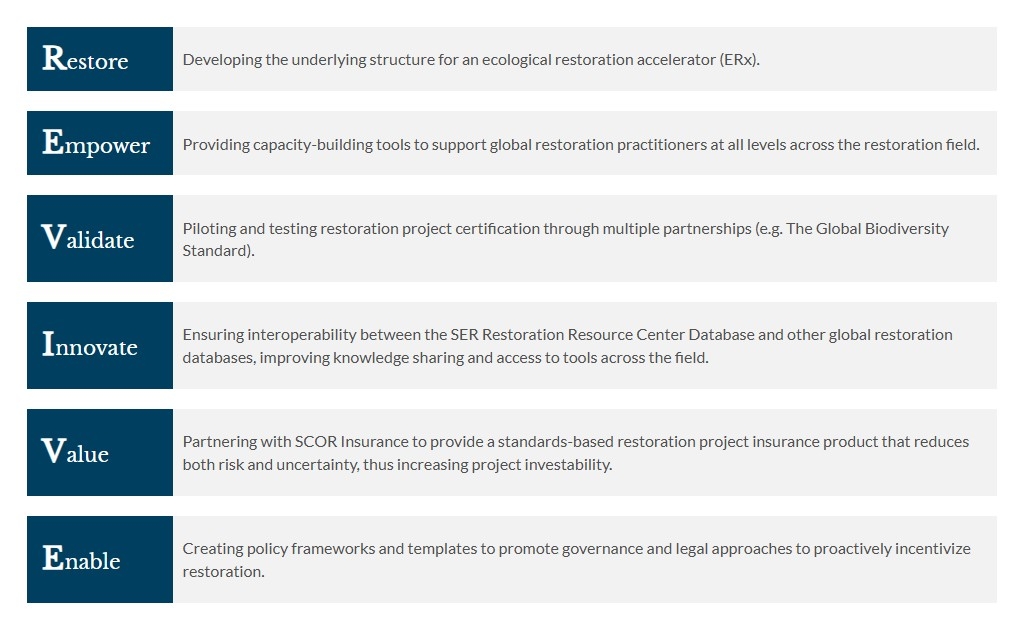Blog: Improved Habitat Monitoring in Alberta Using Lidar and Machine Learning in Wellsite Identification
Resource Format
Website

REVIVE is a global initiative to deliver standards-based restoration at scale by equipping the world with exemplary projects, trained professionals, standards-based methodologies, applied science, financial mechanisms, and policy frameworks.
Working with a broad array of local and global partners, we are developing and implementing a bold, six-part initiative to globally scale capacity for standards-based ecological restoration.
More information is available here.